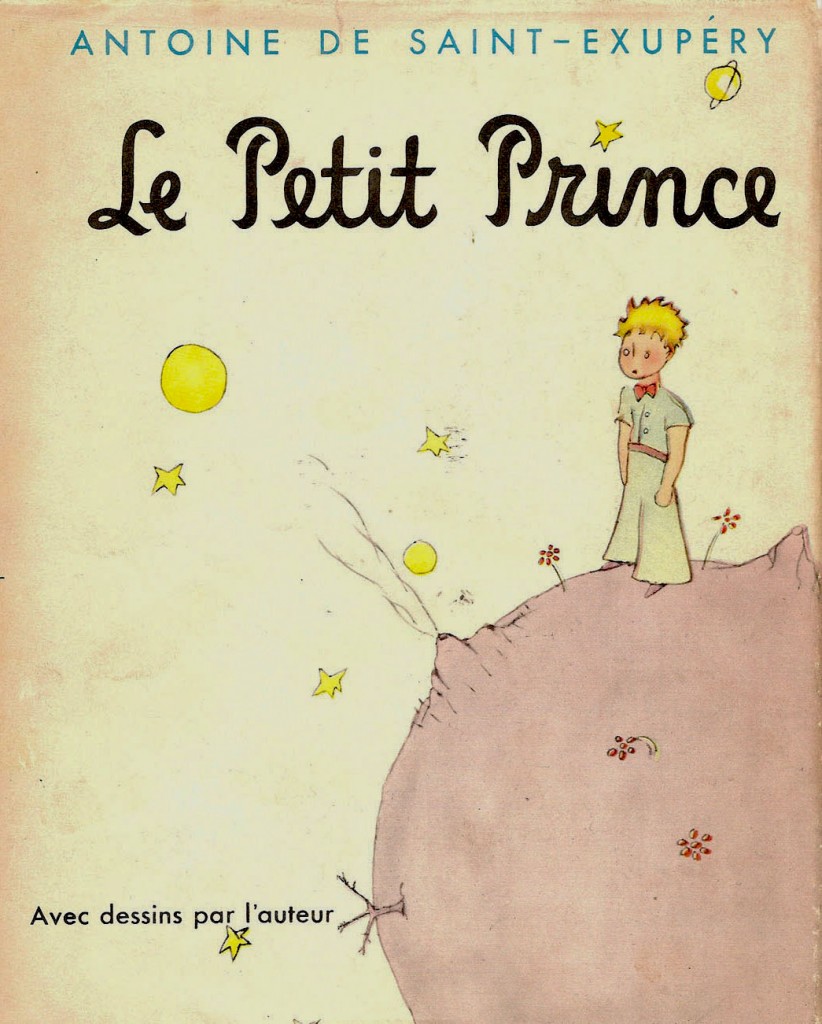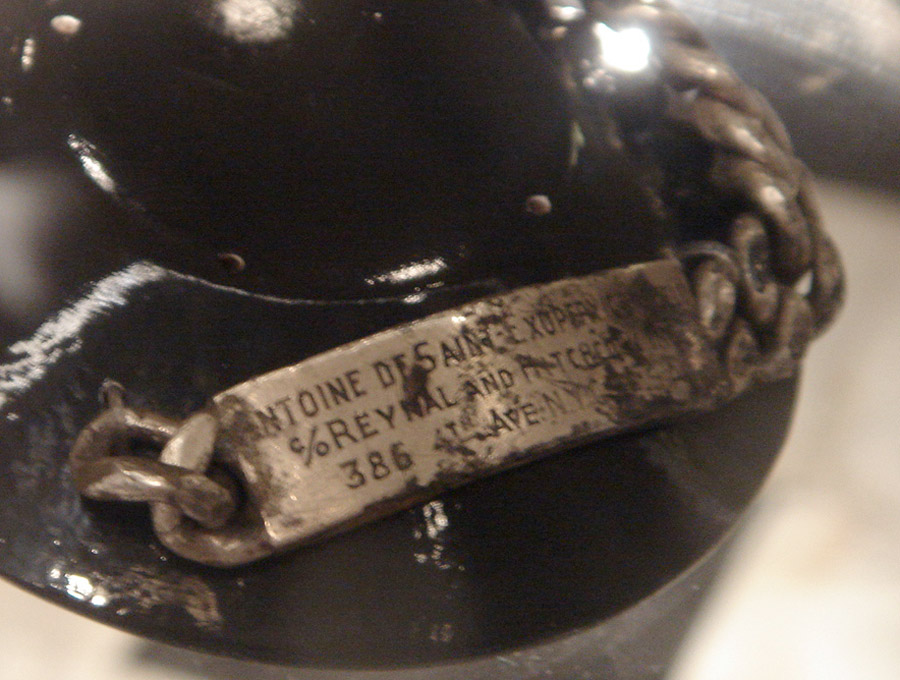Consuelo Suncín Sandoval Zeceña Carillo could have been called the Wallis Simpson of El Salvador. In reality, she was called a lot worse. The aristocratic, well-traveled daughter of an El Salvadorean coffee grower had been married and widowed twice by the time she was 30 – first to a captain in the Mexican Army, then to a Guatemalan writer and diplomat. Following the death of her second husband, Consuelo relocated to Buenos Aires, where she met and fell in love with the French author Antoine de Saint-Exupery. They were married almost immediately, beginning a tumultuous relationship that would provide them both with fame and writing material.
The newlyweds reportedly fought often after marrying and relocating to France, and both had multiple affairs with other people. But they stayed married, and they made several visits to the small town of Armenia, El Salvador, to spend time with Consuelo’s family. Armenia is a small town in the province of Sonsonate, along the country’s Flower Route. (The province is also the birthplace of Salarrue, the writer and painter still beloved of Salvadoreans.) Like most places in the Central American nation, Armenia is nestled among volcanoes. One of them, the Ilamapatec volcano – usually referred to as the Santa Ana volcano – was visible from the Zeceña family home. It was from that home that Antoine began to dream up a story about a little boy with a pet volcano. It was also during one of his good periods with Consuelo that he nicknamed her “The Rose,” turning her into an object of feminine idealism and desire. Both the rose and the volcano would be building blocks of Antoine’s most famous and enduring work, The Little Prince.
Consuelo’s family’s home is gone now except for the floor, consumed in a fire. The Santa Ana volcano erupted again in 2005 and has gone back to sleeping. The only relic of the book that still exists in Armenia is a locally-commissioned mural on the side of a building. It depics “El Principito” holding his rose encased in glass. Moises Flores, the only local tour guide who incorporates “The Little Prince” into his Flower Route expeditions, says that the problem of raising awareness about the famous book’s origin story is two fold – local officials don’t want to pay for restoring the Zeceña house or building a museum if no one’s going to come and see it, but tourists won’t venture so far off the beaten path if there’s nothing to see and photograph. Consuelo herself, under her final married name of Consuelo de Saint-Exupery, is among the writers and artists honored at the Museo de las Palabras Y La Imagen (Museum of Words and Images) in the capital, San Salvador, but she remains more famous, even in her home country, for the man she married than the work she created on her own.
Antoine de Saint-Exupery’s plane disappeared somewhere over France during the late days of World War II, and the mysterious circumstances of his death turned him into a national martyr. But Consuelo wasn’t granted the status of a stately war widow. The Saint-Exupery family had never done much to conceal their dislike of her. The Saint-Exuperys were from extremely old French stock, dating back as far as the 12th century, and didn’t approve of their favorite son’s marriage to an outsider. “Marrying a foreigner was considered worse than marrying a Jew,” a Saint-Exupery relative told The Telegraph. Antoine’s family called Consuelo a “tart,” while one ex-lover dubbed her a “tropical Scheherazade.” It was because of this that Consuelo wrote a memoir of her marriage to Antoine but kept it hidden away during her lifetime. This book was finally published as The Rose’s Memoir: The Love Story Behind the Little Prince in 2000, the centennial of Antoine’s birth. It showed both the good and bad in their marriage and included previously unpublished letters from Antoine to her. In one, he wrote, “My greatest regret is not dedicating the book to you.” She died in France in 1979, having never remarried.
In 1998, a silver bracelet with Antoine and Consuelo’s names engraved on it washed up on the shore of a French island, almost 6,000 miles away from Armenia, El Salvador.
Follow Vol. 1 Brooklyn on Twitter, Facebook, Google +, our Tumblr, and sign up for our mailing list.




1 comment
Wooow, its amazing! I have read two stories related to Consuelo Suncin Saint Exupéry in the same day… today!
Yes, is true, as earlier today, someone posted on FB an article from the Spanish newspaper El Mundo which by the way, I re-publicized it on my own blog (http://armenia-elsalvador.blogspot.com).
Honestly, I have to say that even though I kind of disagree with some (at least one) note in your publication; I want to thank you for delighting me with this article that I like and appreciate.
A little note: I was raised in a house across the street from the house where Consuelo was born in Armenia and, I had the opportunity to get to know her mother, aunts and the only and direct survivor from her family, her niece Mireille Escalante who happens to write too, as she does it occasionally on my blog.
Excellent work, thank you for sharing it!!
Sincerely,
Edgardo Posada (elmonsiour@yahoo.com)